My interest in the Reggio Emilia approach to education began when I was in college. Learning about the physical environment in Reggio spaces was a highlight of my undergraduate coursework, and I knew that one day I would like to design my classroom based on the tenants of a Reggio space.
However, the reality of getting hired 4 days before the school year started kept me from designing my dream Reggio space. I bought many pre-made decor items the local teacher supply store instead, rushing to set up before my students started their year. My classroom looked nothing like I imagined, so I knew I had a lot of room for growth. My second year of teaching provided much more time to plan, and I was finally able to incorporate more Reggio influences into my space. I brought in more natural materials, took down many pre-made borders and posters, and created more cozy nooks. It was close, but there was still more I could’ve done.
Another move and another classroom later, and my space has finally become a Reggio-inspired classroom. I’ve been in this classroom for almost 5 years now, so bear in mind that this design did not come overnight or even in one year. I had to live in this space for a while before I could truly re-imagine it as a Reggio-inspired classroom. What you see now is still just part of my vision for this space, but it’s coming together. I want to share my strategies and tips for incorporating Reggio-inspired design into your classroom in both small and big ways.
It didn’t start this way…
Although I’ve been in 3 classrooms so far, my transition to this current design stems from the way I set up all of my spaces throughout the years. I want to show you the phases of this design so you can see some very small ways to incorporate this approach into your space. You’ll see how my classrooms looked very different, but in each one I tried to incorporate some pieces of a Reggio-inspired environment.
I wanted to show you these pictures so you could see what my first classroom looked like with only a few days to set up. This classroom included a desk, some tables and chairs, and a rug. There was a small bookshelf and a set of cubbies as well. The walls were painted cinder block and the floor was tile. It was big, cold, and one wall was bright red! Being very low on funds as a first year teacher meant trying to do the most with the least, so here are my tips for how to become a Reggio-inspired classroom with minimal resources:
- Make sure you use as many neutral, natural accents as possible. Think brown (yes, brown) bulletin board paper, green or blue table caddies, and borders with little to no design on them.
- Ask family/friends if they have any old throw pillows they aren’t using anymore. You can easily create a cozy reading nook with some pillows. Same goes for rugs, ask around for those, too!
- If you’re allowed to bring in lamps (not everyone is), add a couple. Put one near the entrance and one near your reading nook. Hopefully you have some sort of natural light, so keep your lights off for at least one part of your day to enjoy the sun and lamp light.
- If you can’t really incorporate play centers in the morning and instead have to have work on the tables for the kids, have piano or classical music playing quietly as students come in.
- Make sure the kids’ names and/or pictures go up somewhere within the first week of school. You can even ask families to bring in a family photo so you can display it on a board or other space in your room. It turns a cold room into a more cozy one just with those personal touches.
Years 4 through 7…
As you can see, the physical space of the classroom can really make a difference in how “Reggio” it can feel. The carpet and wall colors in both of these spaces went a long way in helping me to begin to make this space become a Reggio-inspired classroom. I was also able to accumulate some things over the first couple years of teaching that helped me with a space that added even more Reggio touches. Here are my tips for when your physical space looks warm and inviting, but you want more student spaces that are Reggio-inspired:
- Create areas that serve explicit purposes. Have an art table, loose parts area, kitchen/dramatic play area (if you can), and a reading nook. Make the reading space cozy, a place children can literally curl up with with a book.
- Let students help you design the things that are hanging up, like the number line, word wall, or class rules. Create your own signs instead of buying posters or premade ones at a store.
- Start to use real-world materials for learning experiences. Bring stones, rocks, buttons, or other items for math, for example.
- Make supplies easily accessible for students. Use baskets to store things so they are more easily seen.
- Remember colors. Both cool and warm colors have a place in the classroom. Choose one set of colors and stick with it, mixing lots of cool and warm colors together could be overwhelming.
- Start to experiment with flexible seating. Removing chairs goes a long way in changing the dynamic of the space. You don’t need a lot of options, just a few things to sit on besides chairs.
Present day…
These pictures show my classroom in its current state. This change occurred during my 8th year of teaching after lots of experimentation, as you saw in the pictures earlier in the post. I knew it was finally time to make bigger changes to my space so that I could get closer to becoming a Reggio-inspired classroom. Though some of these changes did require purchasing new items and creating a Donors Choose for new seating options, I was able to do the entire change for around $200. You could always use Craigslist or garage sales to get some of these same materials. Here’s how you can transform your space like pictured above:
- Take out some furniture. In a Reggio-inspired space, there doesn’t have to be a seat at a table for each child because the children are up and moving around, completing tasks and working at different rates. Students are also encouraged to find a space to work that’s most comfortable to them, and that won’t always be at a table in a chair. I have no chairs currently, but you can leave some in your space. Without so much furniture, my students have so much more space to move around.
- Add more visually-beautiful design elements that also serve a purpose. The white shelving in the middle of my room is our supply hub, the place where my students go to get any kind of work supply they may need during the day. It’s also a statement piece in our room and where your eye is drawn when you walk in. It uses natural materials and colors like the white shelves, wooden boxes, and glass jars. It incorporates color but in an understated way.
- Incorporate natural light. Open up all of the blinds and invite sunlight in. Use string lights, table lamps, salt lamps, or essential oil diffusers that light up. Resist the urge to always have on your overhead lights. Lighting plays a huge role in the coziness of a space.
- Remove unnecessary objects and bring in natural ones. I no longer needed a table caddy for each table, so I took them out and brought in succulents. We also have other plants in our classroom now, and my students help me take care of them. Bringing in plants is a great way to make a space feel more natural, less like a sterile classroom. Plants are also natural air purifiers!
- Reject traditionally-designed classroom spaces. You don’t need half of the things you think you do or what you see on social media. If you wouldn’t have it in your living room, it probably doesn’t belong in your classroom. The idea is that your space feels welcoming, inviting, and calm.

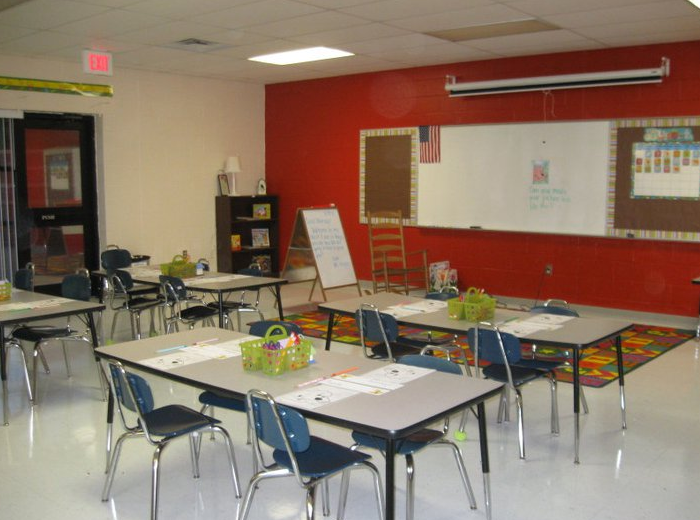
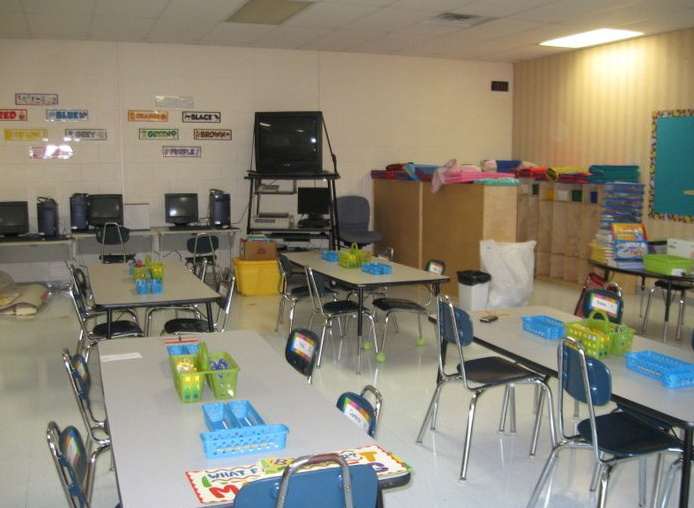
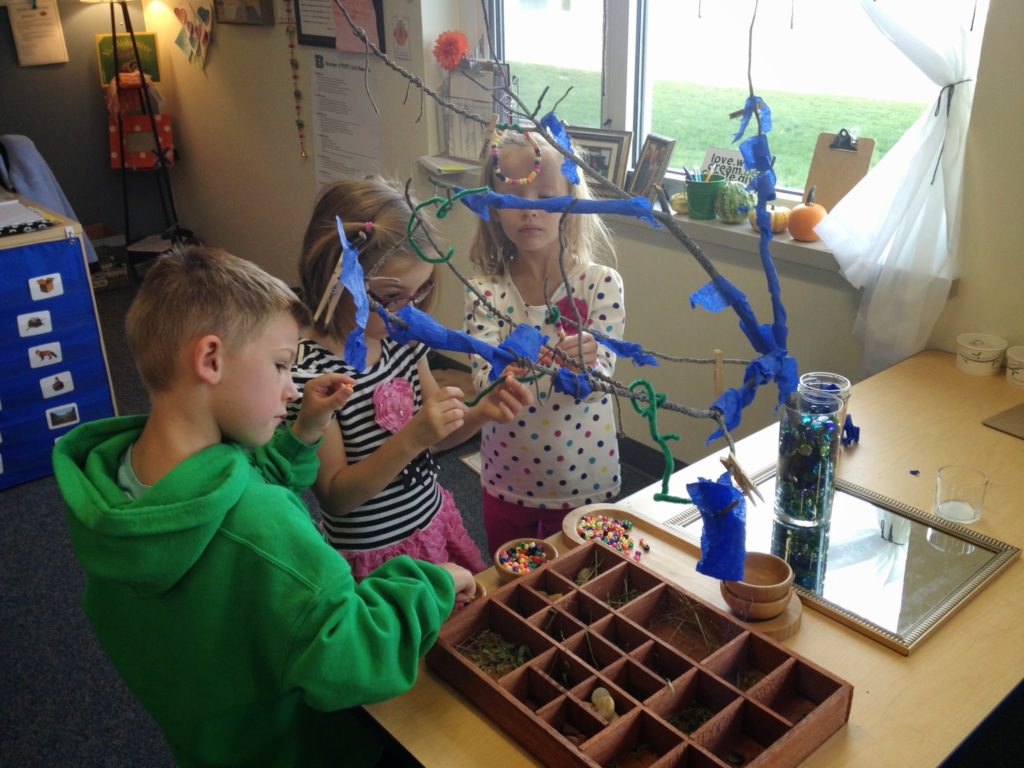
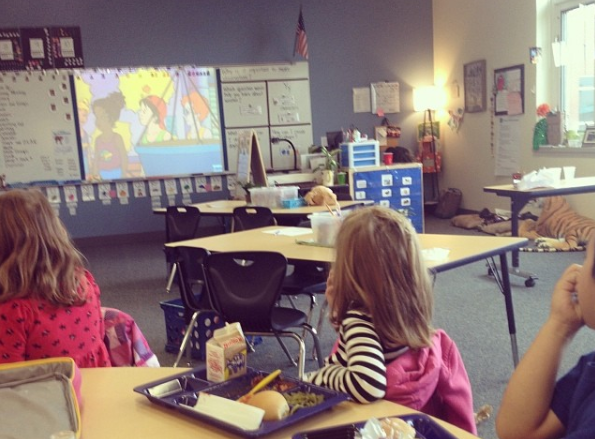
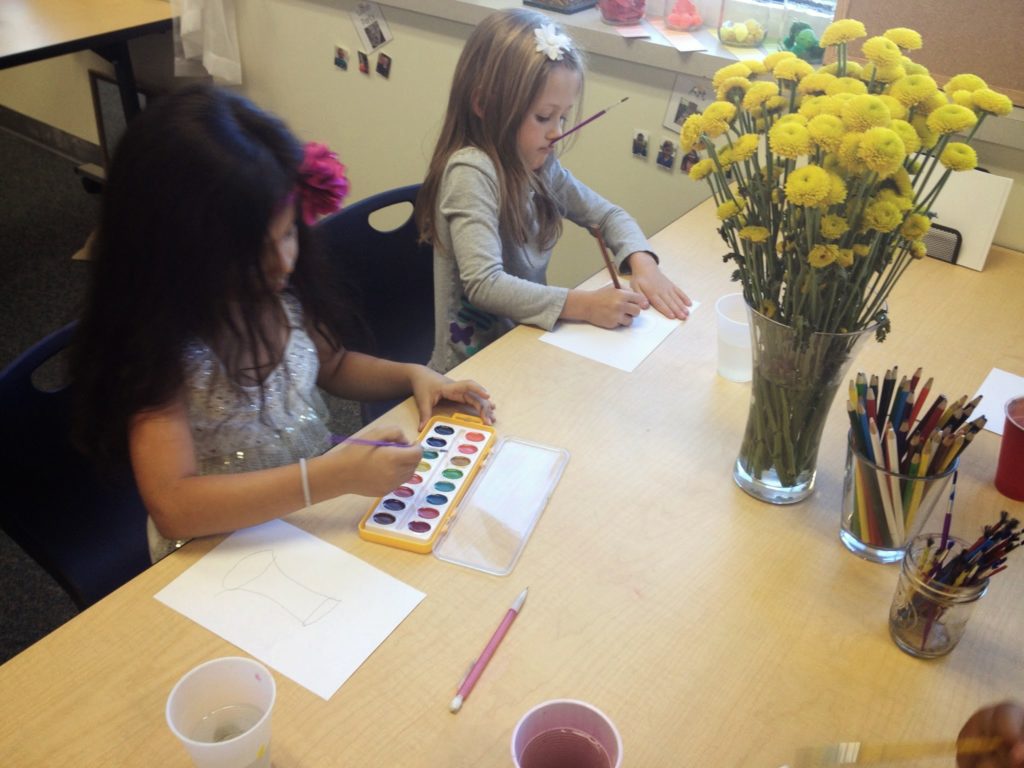
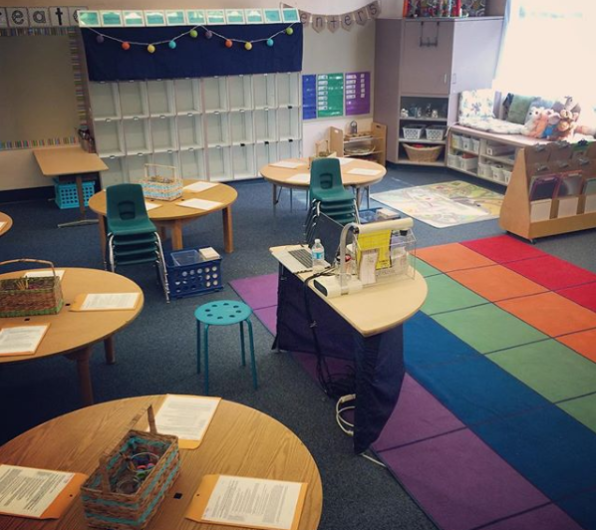
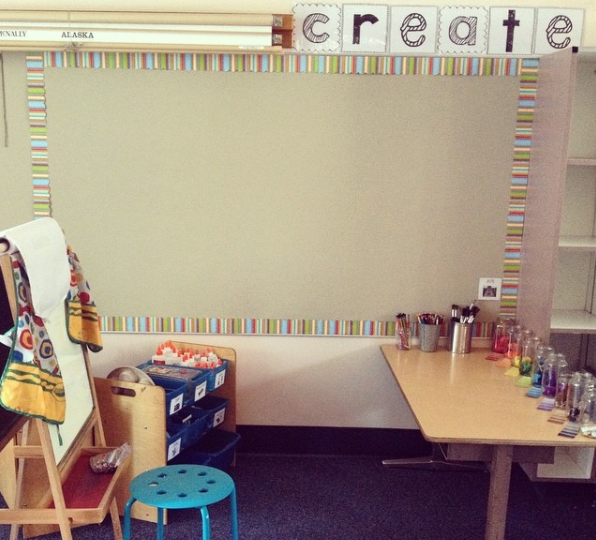
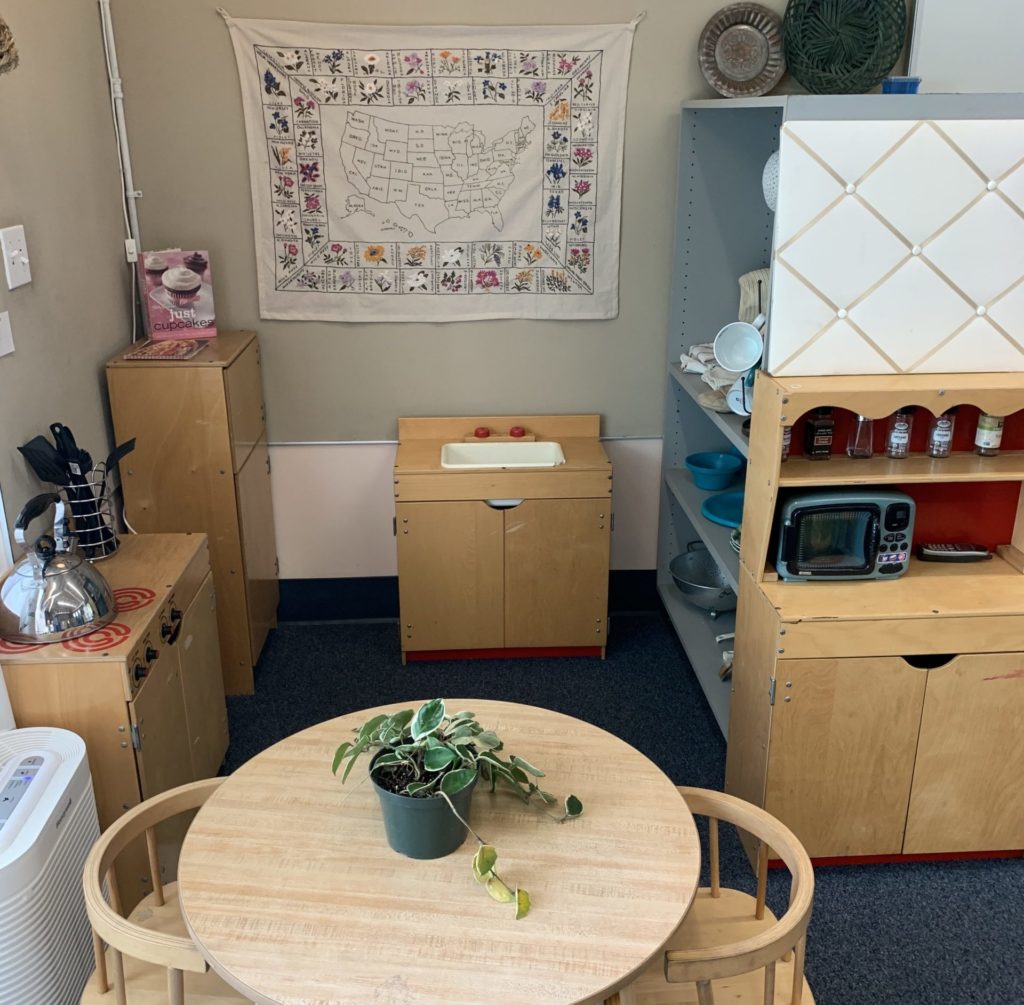
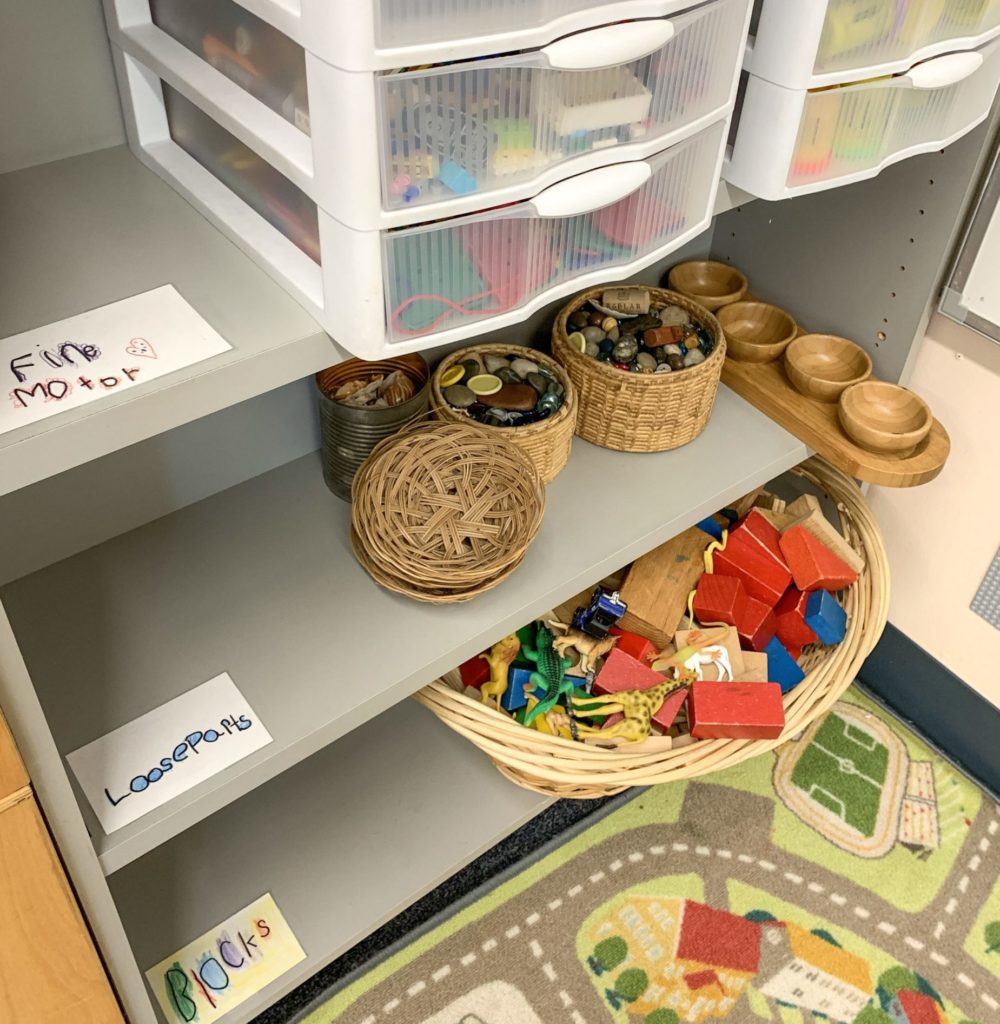

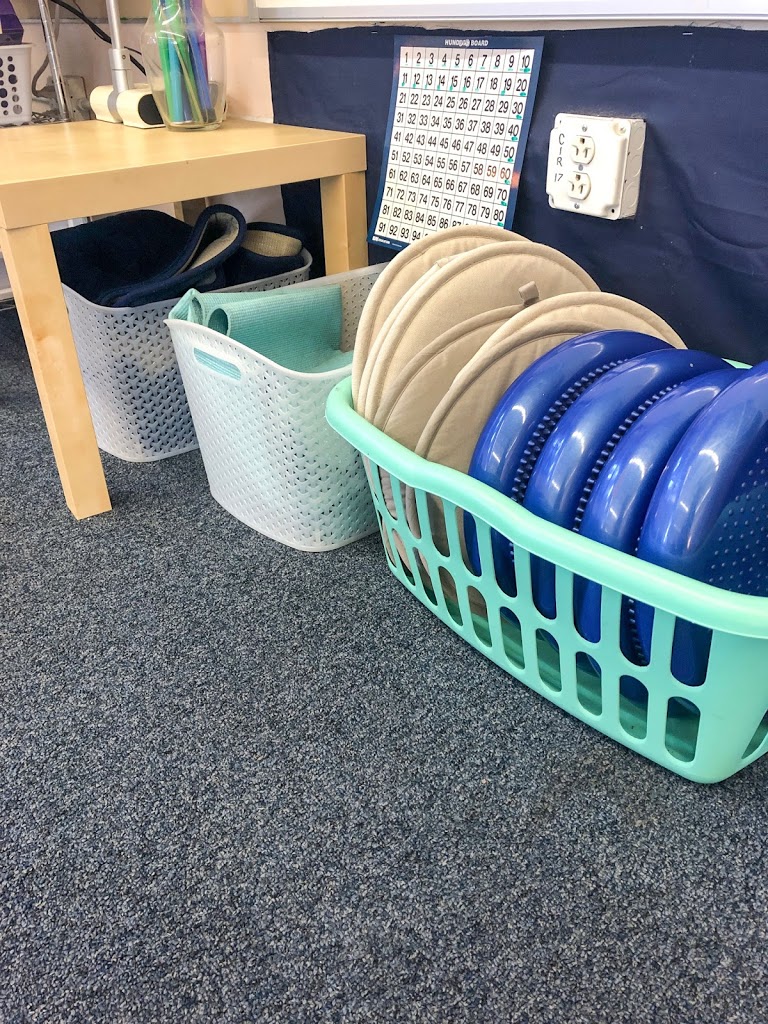
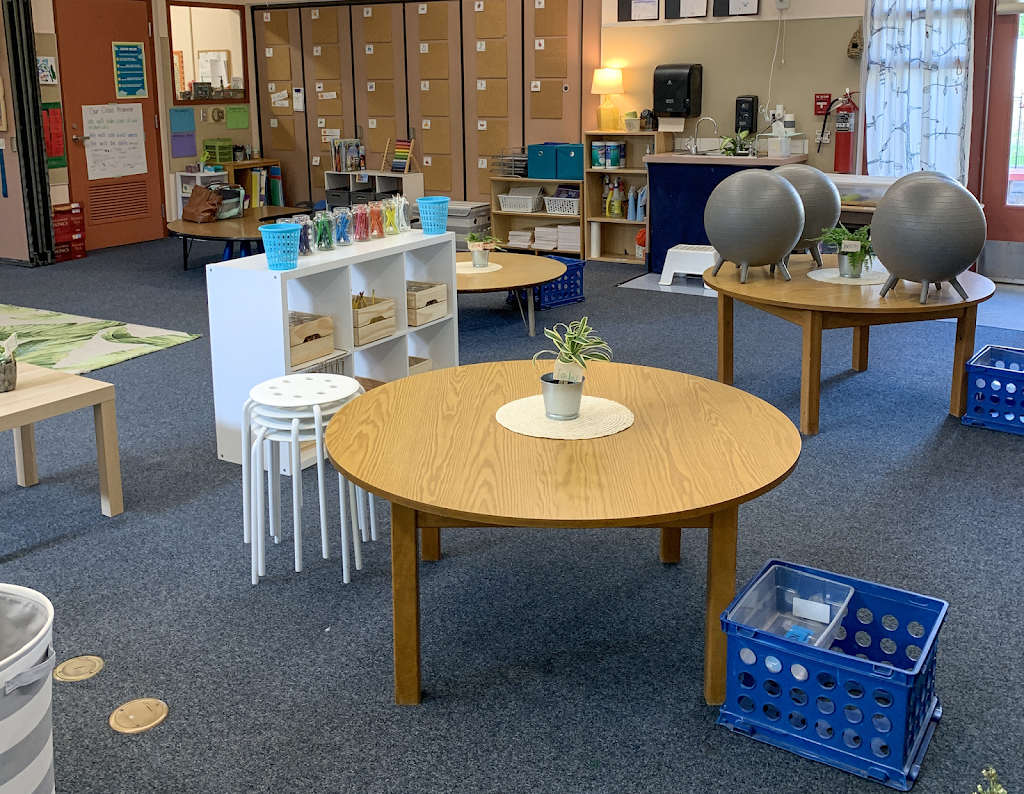

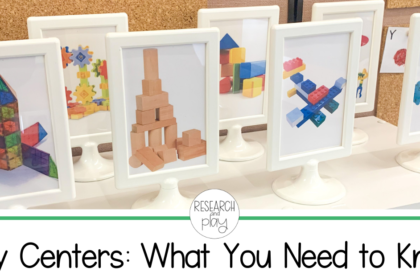
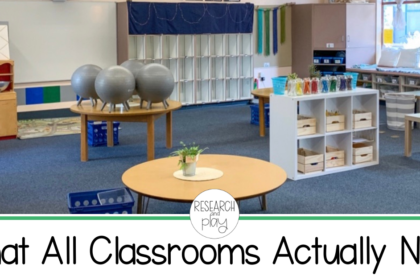
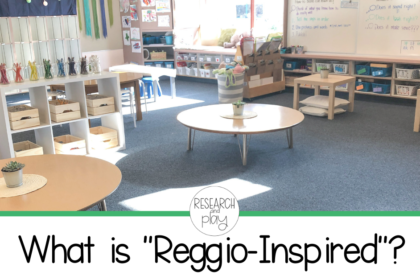
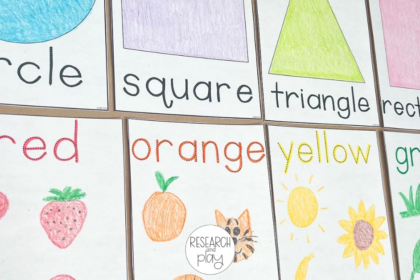
Hi! Are the natural wood small tables from Ikea? I don't see them on their website 🙁
Yes they are! They're the LACK tables. I've found that you can't always find things on the website that you can find in store, especially the natural wood finish of these tables!
I'm so inspired by this transformation. I love how intentional and purposeful it has been. I also like how you show the progression. I want to more into this direction but know it will take time if I want it to work.
What is your interactive modeling and routine teaching like for the supplies in the center of the room? Instead of caddies, I am imagining the additional routines that will need to be taught with the supplies in the center- walking safely with pencils, what to get when, how much to get of each thing, what to do when a line forms… What is this teaching process like for you? I am very interested in how you navigate teaching using supplies in the center versus caddies. I am very interested in trying this, though I am feeling hesitant, thinking (maybe presumably) that it will require a lot of additional modeling. Also, have you gotten any pushback about time, does it take more time for children to gather materials and "set up" before they begin working? Do you notice any children slowly setting up, versus getting started right away? I am very interested to hear back! Thank you for helping me sort this out! I really want to move to supplies in the center, though I am feeling a bit hesitant.
Hi!! I love the room and the environment that you’ve created. Where are the natural wooden bins from that you have placed in the white shelves with supplies?
Hi! I just got the wooden bins at IKEA, but I didn't know they came in two sizes (I wanted to ask Holly which ones she uses). I bought the smaller version, and they are called Knagglig.
What is the shelving unit you have? I love that!